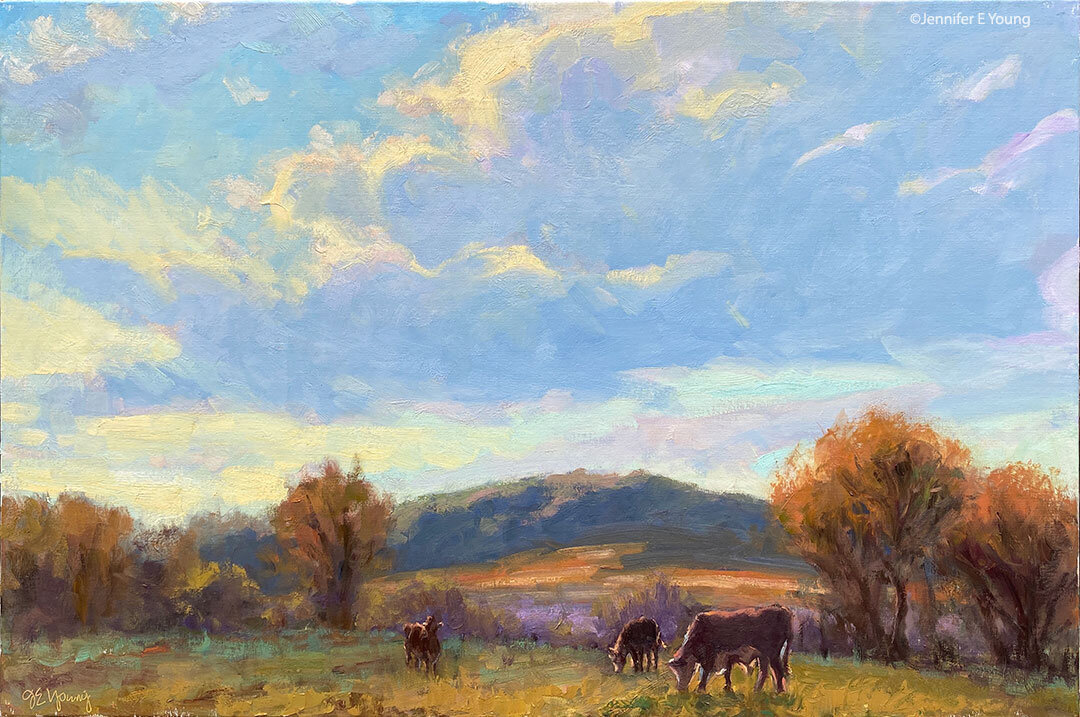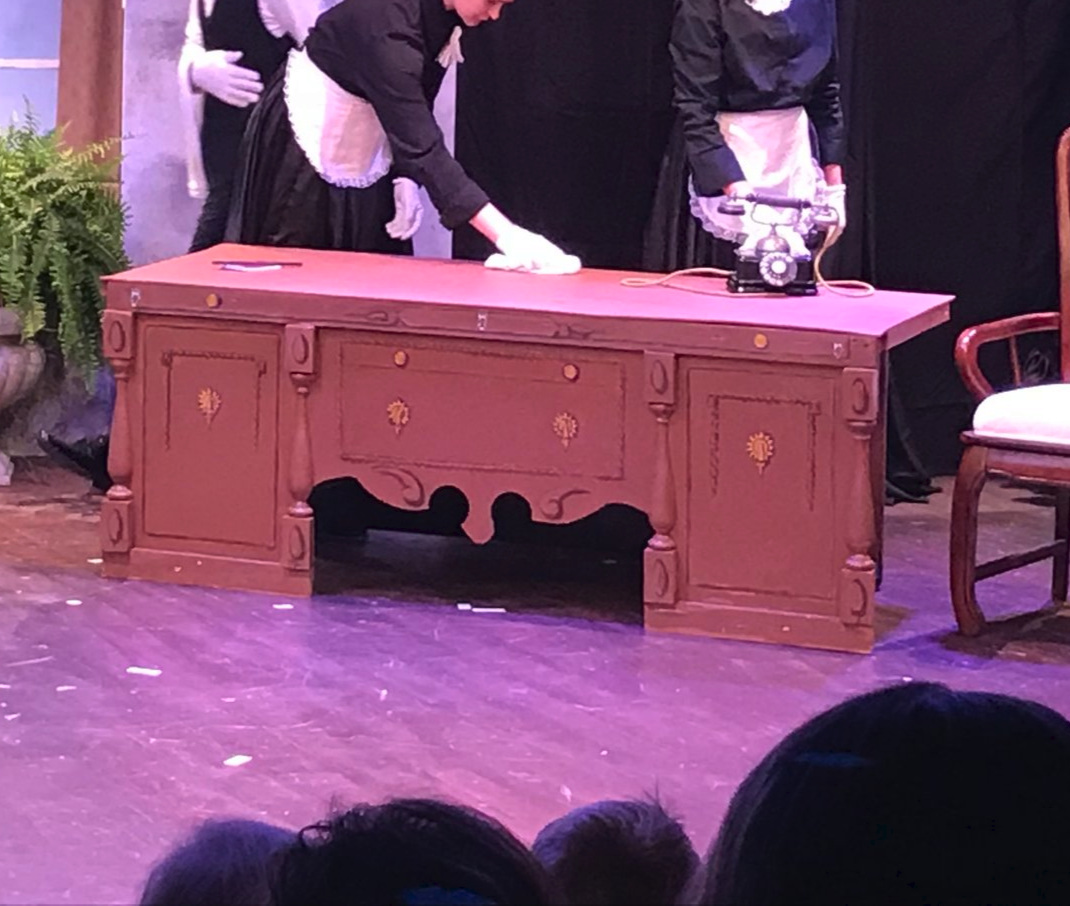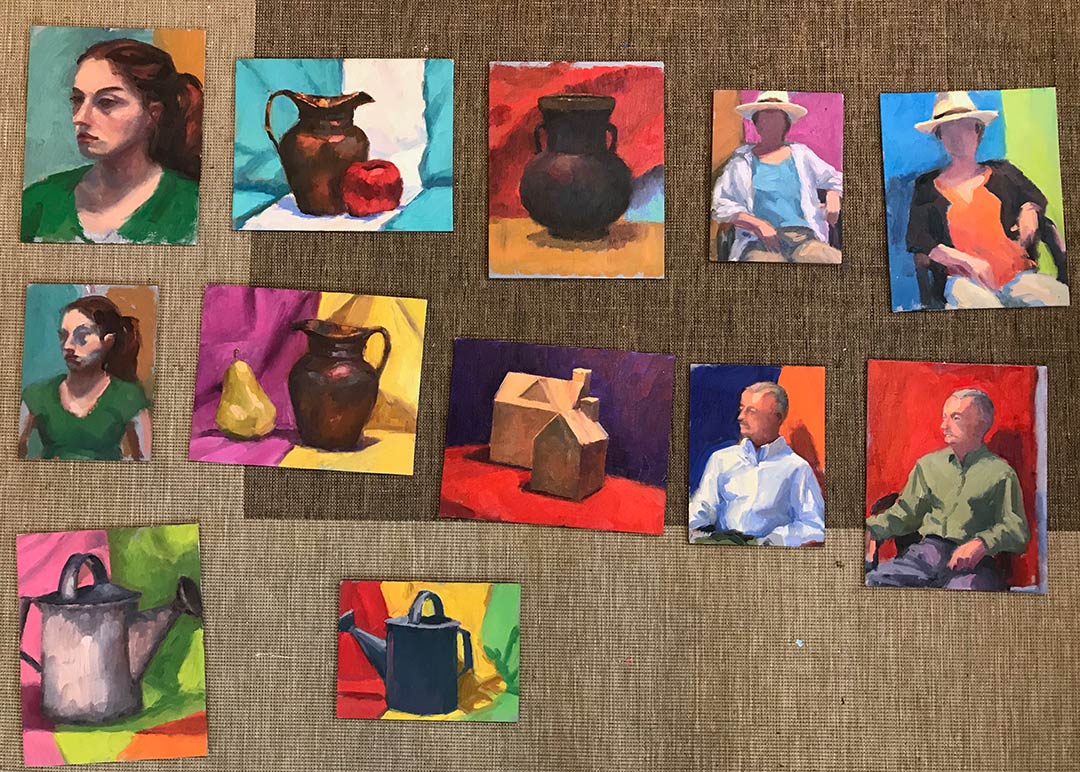*Note: This is the first in a series of posts I am writing about artist's easels. To continue reading the other installments, click on the following links: Part II: Guerilla Painter's Pochade Box Part III: My Soltek Easel Part IV: A pochade box for travel
If you're an artist, (or if you're married to one) you may by now be familiar with a common artist-borne affliction: "gotta-have-it-itis". This is when you see, read, or hear about an item recommended by a fellow artist, and you figure that this thing, whether it be a particular brush, a paint color, easel, or whatever, is THE thing you've been missing all of your life, and THE thing that will make you a much better artist.
Well, while having the right tools can certainly help the creation process along a great deal, a reality check would tell all of us oil painters that in our craft, we are ultimately dealing with the following rather primitive ingredients: a stick with hair on the end, mud mixed with oil, and cloth. And while the greatest investment should be in the time needed to learn and practice our craft, it IS fun to play and experiment with a few new tools...especially ones that help make life a little easier.
However, there's a big difference between investing in "a few" tools and getting caught up in aforementioned affliction. As you will see, I've not been immune to these pitfalls. But I think Ihave finally decided it's time to get real and stop the madness. While in recovery, I thought I'd at least share some of my experiences with a few "tools of the trade". Who knows? Maybe it will help a fellow artist or two with their decision-making process.
I'll start with what can be one of the most expensive tools-- the easel. As both a plein air and studio artist, I "gotta have" at least a couple of versions of this item in order to more easily do what I need to do. (That's my story and I'm sticking to it! ) And since the weather keeps teasing me with hints of spring, I will start with easels of the plein-air-kind. Over the years I have accumulated five easels that fall into the plein air/portable easel category. Good grief. Can this be? I really do need help. The fact that I still have all of these easels actually brings up a related affliction common with many artists, called "pack-rat-itis." (This is usually diagnosed by an onset of weak protests such as "Hey, I might need that for something....someday.") But that is a subject for another time.
My first plein air easel was the Trident El Greco full French Easel. I bought this with very good intentions when I first started painting landscapes, based on a recommendation I read in a book about plein air painting. I won't even bother to provide a link to this easel. Sorry, but I really hated this thing, pretty much from the get-go. The first time I used it I lost 2 wing nuts journeying from my car to the painting site, which made the legs impossible to stand. After that I started packing extra wingnuts with my supplies, for the next ones that would inevitably loosen and fall off, no matter how carefully they were secured in advance. The other annoyance was the weight. As plein air painters, we are always and forever looking for ways to lighten the load, correct? Well, this easel ain't it! I am a bit of a shrimp, but even so this easel has far more weight and bulk than is necessary for plein air painting.





















